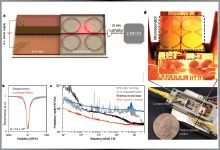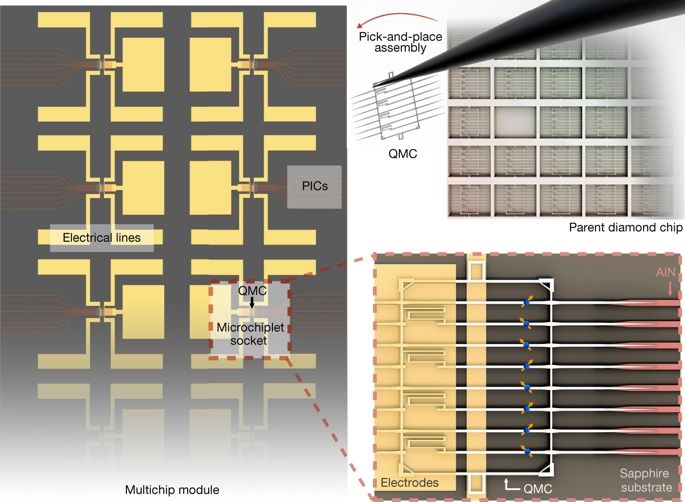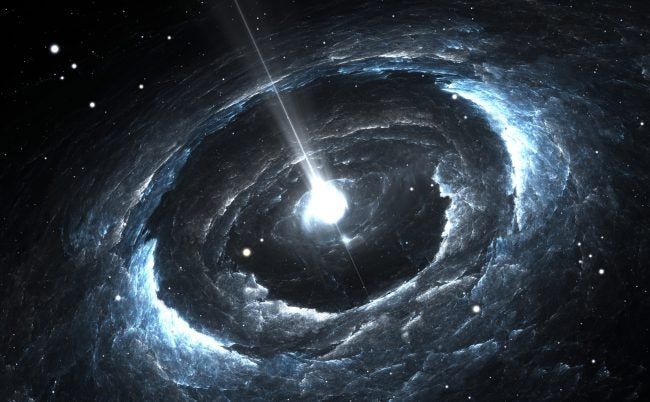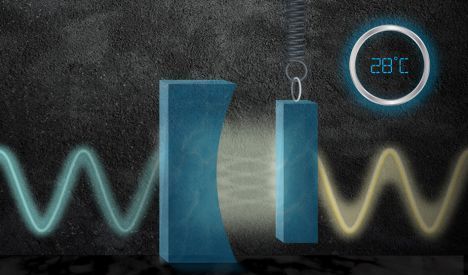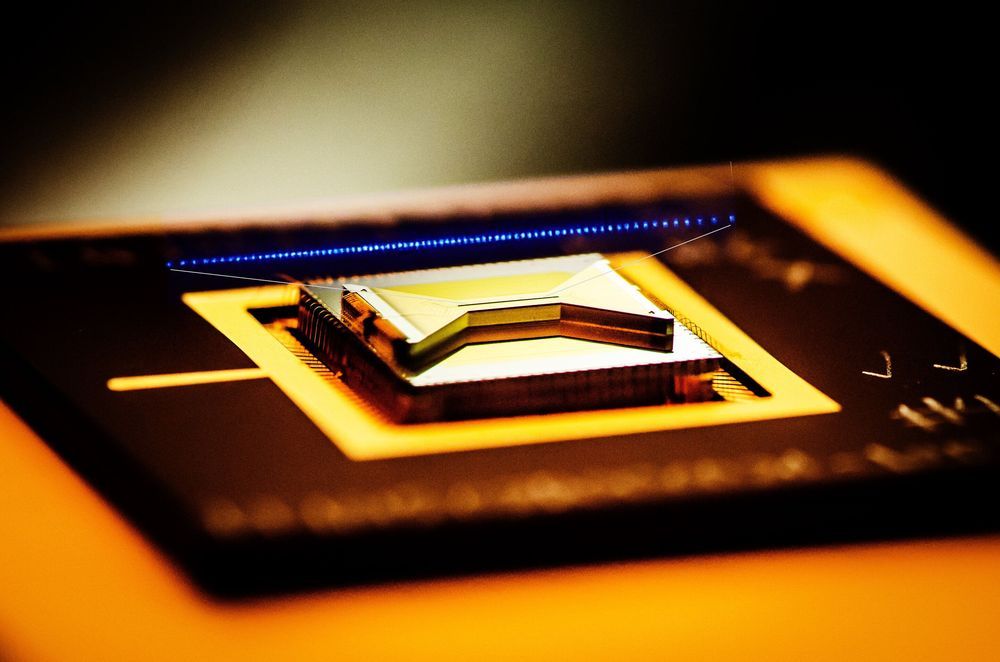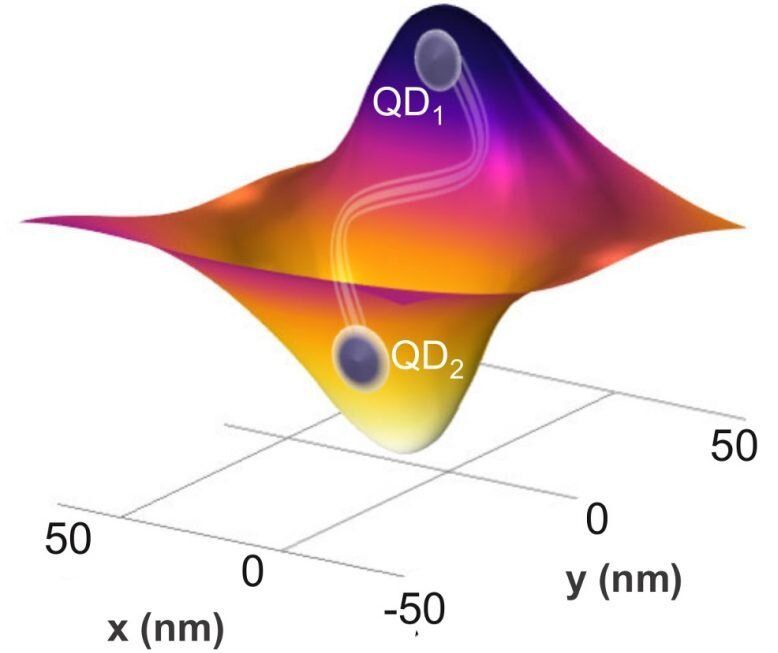Jul 9, 2020
PQShield raises $7M for quantum-ready cryptographic security solutions
Posted by Saúl Morales Rodriguéz in categories: cybercrime/malcode, quantum physics
A deep tech startup building cryptographic solutions to secure hardware, software, and communications systems for a future when quantum computers may render many current cybersecurity approaches useless is today emerging out of stealth mode with $7 million in funding and a mission to make cryptographic security something that cannot be hackable, even with the most sophisticated systems, by building systems today that will continue to be usable in a post-quantum future.
PQShield (PQ being short for “post-quantum”), a spin out from Oxford University, is being backed in a seed round led by Kindred Capital, with participation also Crane Venture Partners, Oxford Sciences Innovation and various angel investors, including Andre Crawford-Brunt, Deutsche Bank’s former global head of equities.
PQShield was founded in 2018, and its time in stealth has not been in vain.

